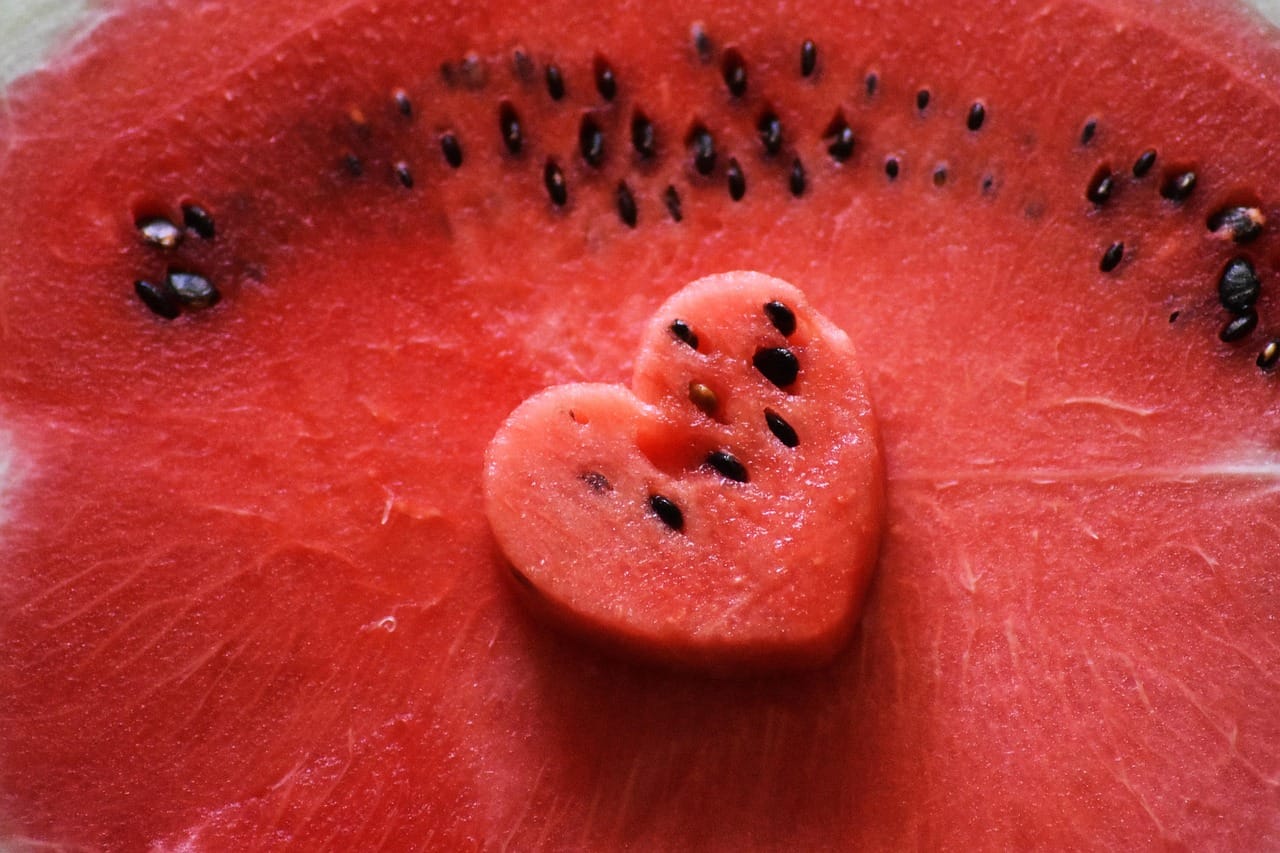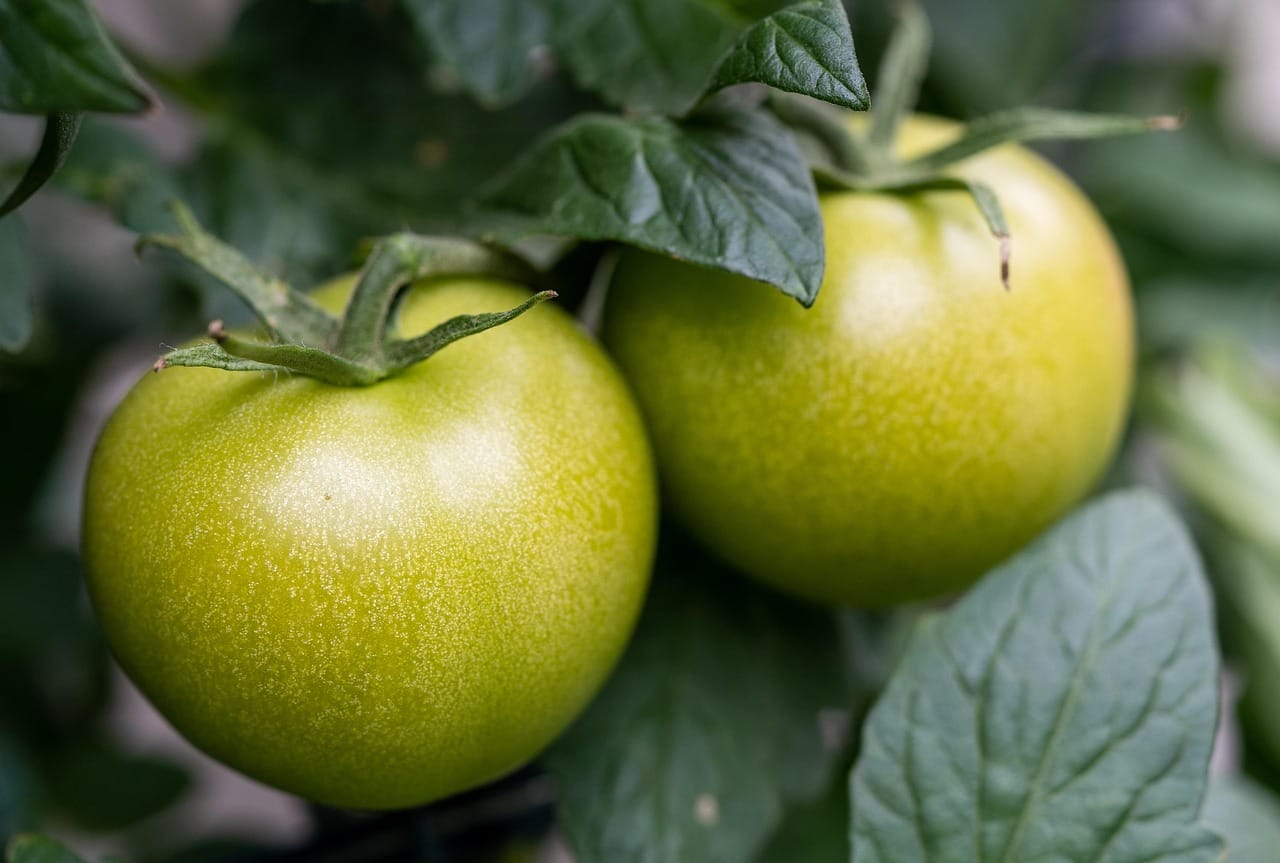The aroma of freshly cooked pancakes wafting through the kitchen is a surefire way to brighten any morning. Fluffy, golden brown, and endlessly customizable, pancakes are a breakfast staple enjoyed around the world. But beyond their deliciousness lies a world of variations, techniques, and tips to elevate your pancake game from simple to spectacular. Whether you’re a seasoned pro or a novice in the kitchen, this guide will provide you with everything you need to know to create perfect pancakes every time.
The Anatomy of a Perfect Pancake
Key Ingredients and Their Roles
Understanding the role of each ingredient is crucial for achieving the perfect pancake texture and flavor.
- Flour: Provides the structure. All-purpose flour is a common choice, but experimenting with whole wheat or gluten-free blends can add unique flavors and textures.
- Leavening Agent: Baking powder or baking soda create the light and fluffy texture. Baking powder is a complete leavening agent, while baking soda needs an acid (like buttermilk) to activate.
- Sugar: Adds sweetness and helps with browning. Granulated sugar is typical, but brown sugar can add a hint of molasses.
- Salt: Enhances the flavors of the other ingredients.
- Liquid: Milk, buttermilk, or even yogurt provide moisture and help bind the ingredients. Buttermilk adds a tangy flavor and contributes to a tender crumb.
- Fat: Melted butter or oil adds richness and moisture. Butter also contributes to browning and a delicious flavor.
- Egg(s): Bind the ingredients and add structure. More eggs can result in a denser, richer pancake.
- Practical Example: For a fluffier pancake, separate the egg and beat the egg whites until stiff peaks form. Gently fold them into the batter just before cooking.
Mixing Techniques: Avoiding Overmixing
Overmixing pancake batter is a cardinal sin. It develops the gluten in the flour, resulting in tough, chewy pancakes.
- Gentle Mixing: Stir the wet and dry ingredients together until just combined. A few lumps are okay!
- Resting the Batter: Letting the batter rest for 5-10 minutes allows the gluten to relax, resulting in a more tender pancake.
- Using a Whisk: A whisk helps to incorporate air into the batter, contributing to a lighter texture.
- Avoid Power Tools: Don’t use an electric mixer, unless you enjoy flat, tough pancakes.
- Actionable Takeaway: Stop mixing as soon as the batter is mostly combined. Embrace the lumps!
Mastering the Cooking Process
Temperature Control is Key
Achieving the perfect golden-brown color without burning requires careful temperature control.
- Medium Heat: Set your griddle or frying pan to medium heat. This allows the pancakes to cook evenly without burning on the outside.
- Testing the Temperature: Sprinkle a few drops of water onto the griddle. If the water sizzles and evaporates quickly, it’s ready.
- Greasing the Surface: Lightly grease the griddle with butter, oil, or cooking spray. Use a pastry brush to ensure even coverage.
- Avoid Overcrowding: Cook pancakes in batches to prevent overcrowding the pan, which can lower the temperature and result in uneven cooking.
- Practical Example: If your pancakes are browning too quickly, reduce the heat slightly. If they are taking too long to cook, increase the heat a bit.
The Perfect Flip
Knowing when to flip a pancake is crucial for achieving that beautiful golden-brown color on both sides.
- Bubbles Forming: Wait until bubbles begin to form on the surface of the pancake and start to pop.
- Slightly Set Edges: The edges of the pancake should appear slightly set and no longer wet.
- Gentle Flip: Use a thin, flexible spatula to gently flip the pancake.
- Second Side: Cook for another 1-2 minutes, or until golden brown and cooked through.
- Actionable Takeaway: Don’t flip the pancake too early! Patience is key.
Exploring Pancake Variations
From Classic to Creative: Flavor Combinations
Pancakes are a blank canvas for culinary creativity.
- Fruit Infusion: Add fresh berries, sliced bananas, or chopped apples to the batter or sprinkle them on top while cooking.
- Chocolate Chips: A classic addition that never disappoints. Use mini chocolate chips for even distribution.
- Nuts: Chopped walnuts, pecans, or almonds add a nutty flavor and textural contrast.
- Spices: Cinnamon, nutmeg, or cardamom can add warmth and complexity to the batter.
- Savory Pancakes: Experiment with adding herbs, cheese, or cooked vegetables to create savory pancakes.
- Practical Example: For banana pancakes, mash a ripe banana into the batter. For blueberry pancakes, gently fold fresh or frozen blueberries into the batter just before cooking.
Dietary Considerations: Gluten-Free and Vegan Options
Pancakes can be easily adapted to accommodate various dietary restrictions.
- Gluten-Free Pancakes: Use a gluten-free flour blend or a combination of rice flour, tapioca starch, and potato starch. Xanthan gum helps to bind the ingredients.
- Vegan Pancakes: Replace the milk with plant-based milk (almond, soy, or oat milk). Use flaxseed meal mixed with water as an egg replacement (1 tablespoon flaxseed meal + 3 tablespoons water = 1 egg).
- Lower-Sugar Pancakes: Reduce the amount of sugar in the batter or use a sugar substitute like stevia or erythritol.
- Dairy-Free Pancakes: Substitute the milk with a dairy-free alternative and use oil instead of butter for cooking.
- Actionable Takeaway: Always check the labels of your ingredients to ensure they meet your dietary needs.
Serving and Storing Your Pancakes
Toppings and Syrups: Elevating the Experience
The right toppings can transform a simple stack of pancakes into a decadent treat.
- Classic Syrups: Maple syrup, chocolate syrup, or fruit compote are timeless choices.
- Fresh Fruit: Berries, bananas, peaches, or mangoes add a burst of freshness and flavor.
- Whipped Cream: A dollop of whipped cream adds richness and indulgence.
- Nuts and Seeds: Chopped nuts, seeds, or granola add crunch and texture.
- Sweet and Savory Combinations: Experiment with combining sweet and savory toppings, such as bacon and maple syrup or goat cheese and berries.
- Practical Example: Warm up your maple syrup slightly for a more luxurious experience.
Storing Leftovers and Reheating
Pancakes can be easily stored and reheated for a quick and easy breakfast.
- Refrigeration: Store leftover pancakes in an airtight container in the refrigerator for up to 3 days.
- Freezing: Freeze pancakes in a single layer on a baking sheet. Once frozen, transfer them to a freezer bag or container. They can be stored in the freezer for up to 2 months.
- Reheating: Reheat pancakes in the microwave, toaster, or oven.
Microwave: Heat for 30-60 seconds per pancake.
Toaster: Toast on a low setting until warmed through.
Oven: Bake at 350°F (175°C) for 5-10 minutes.
- *Actionable Takeaway: For the best results, reheat frozen pancakes in the toaster or oven.
Conclusion
Mastering the art of pancake making is a journey filled with delicious possibilities. By understanding the key ingredients, mastering the cooking process, and exploring different variations, you can create pancakes that are both satisfying and memorable. So, grab your whisk, fire up your griddle, and start experimenting! The perfect pancake awaits.




